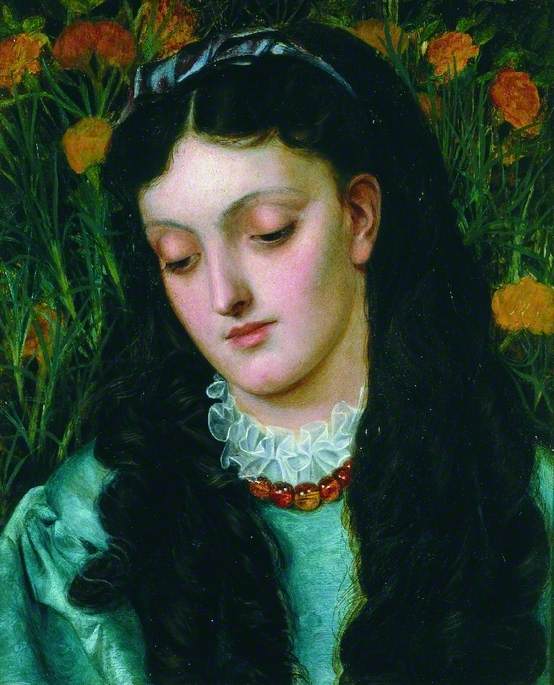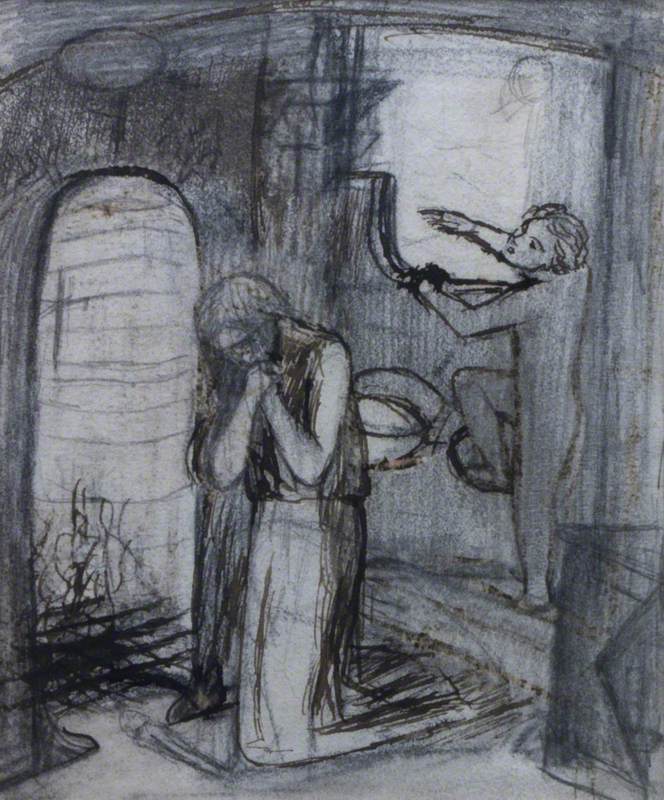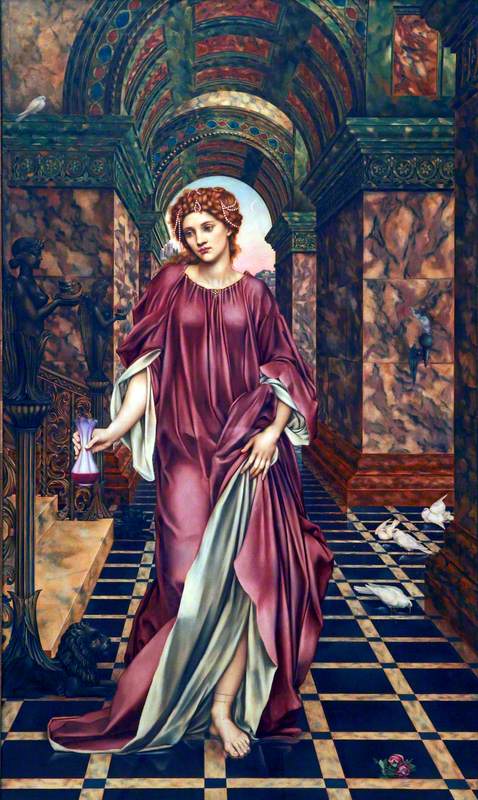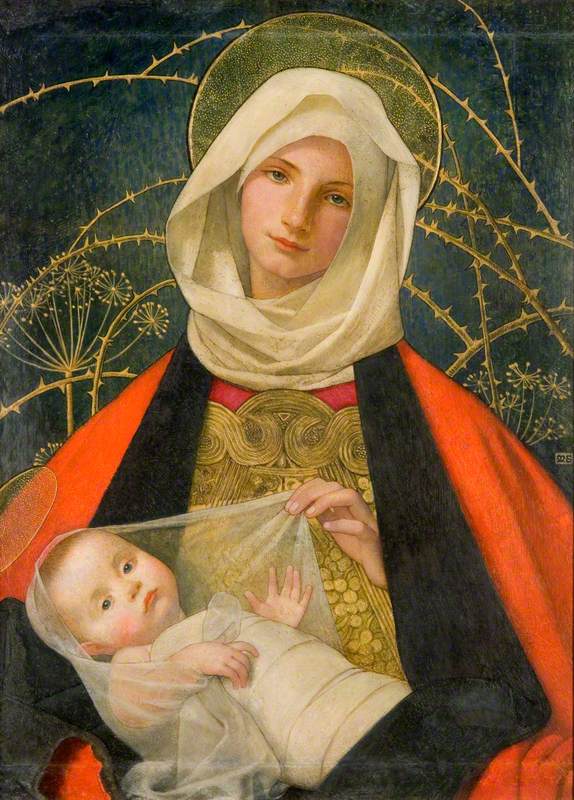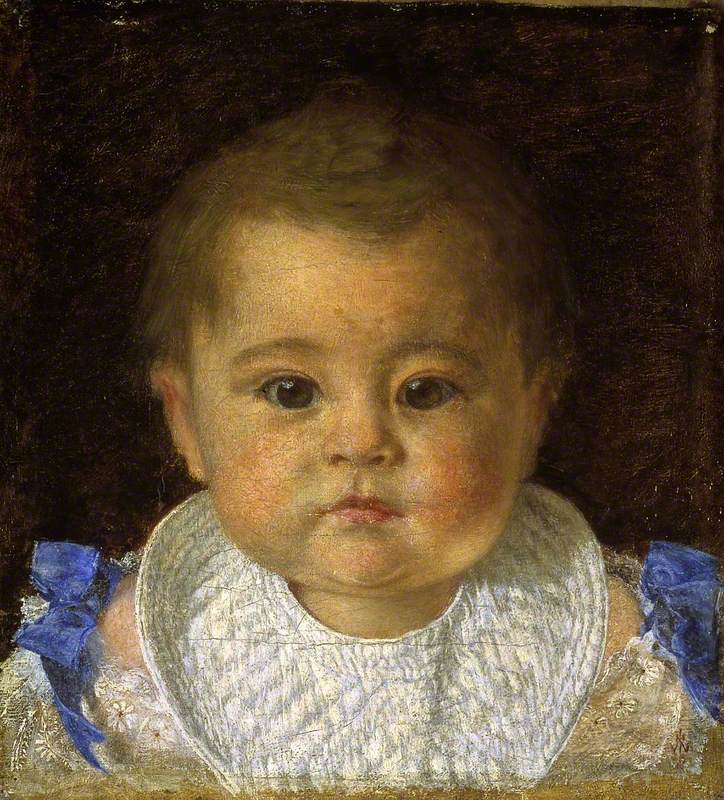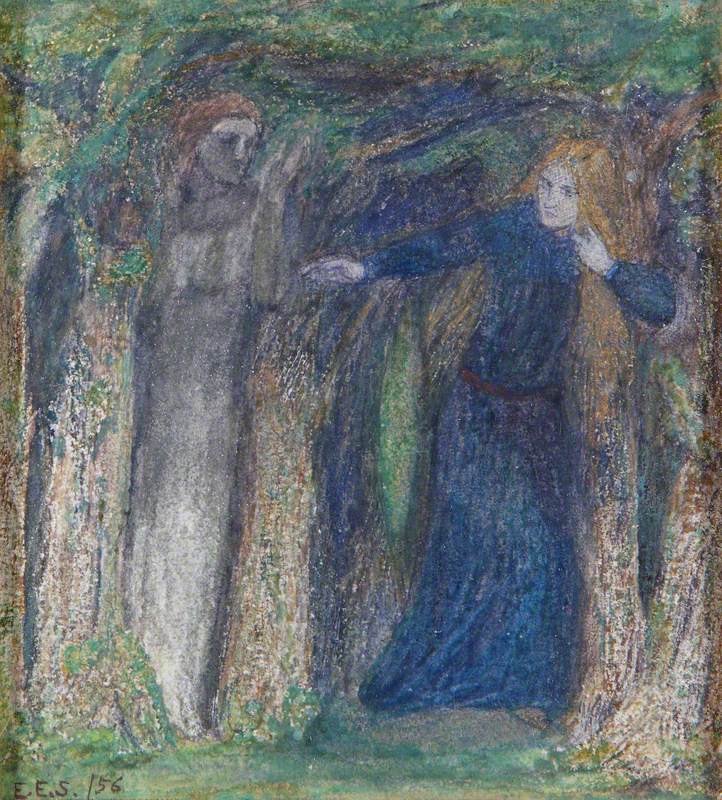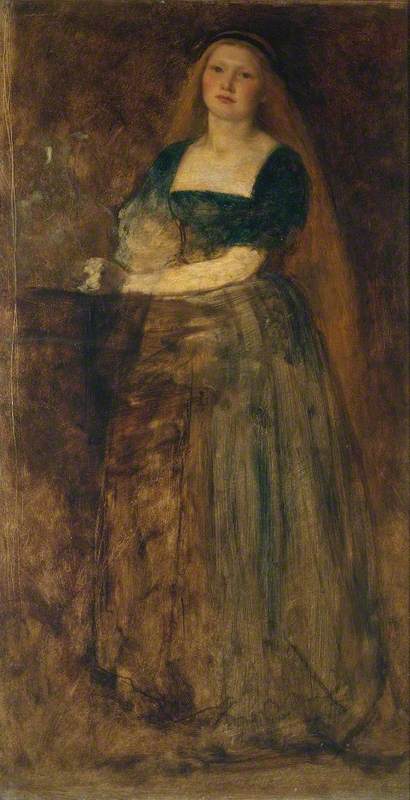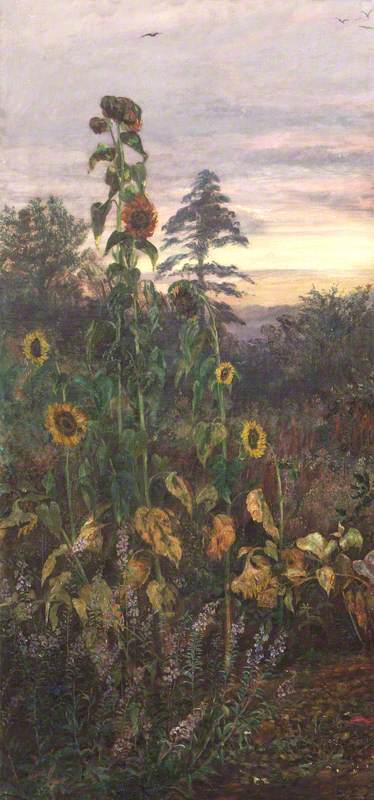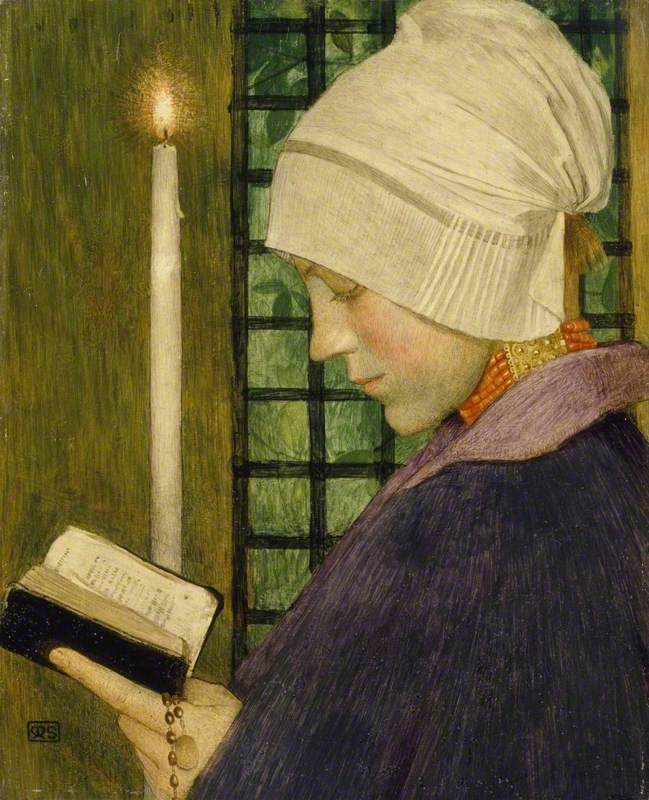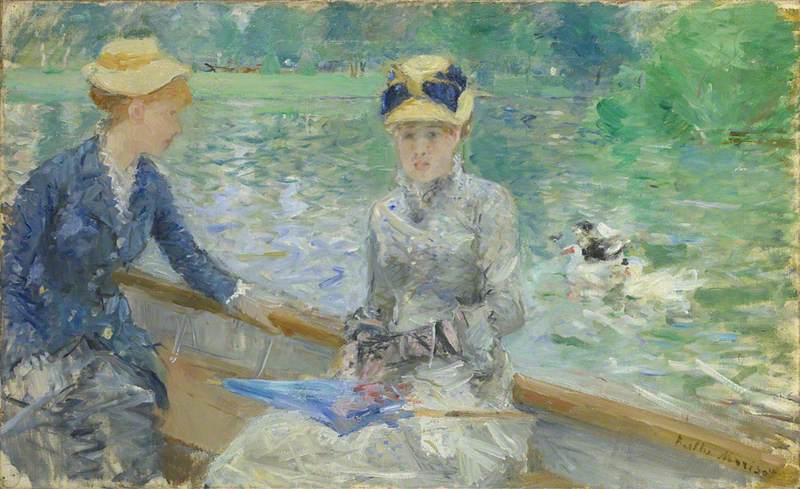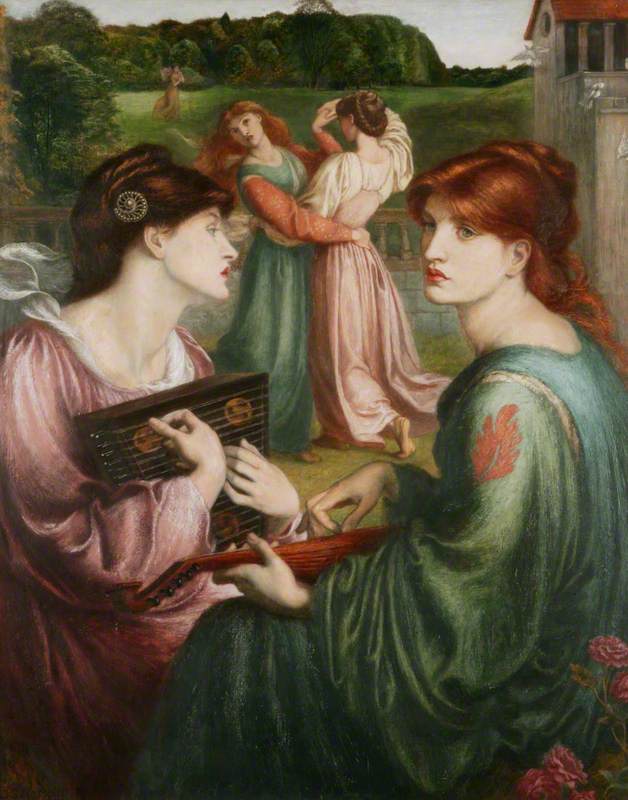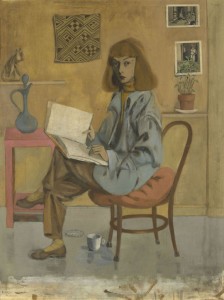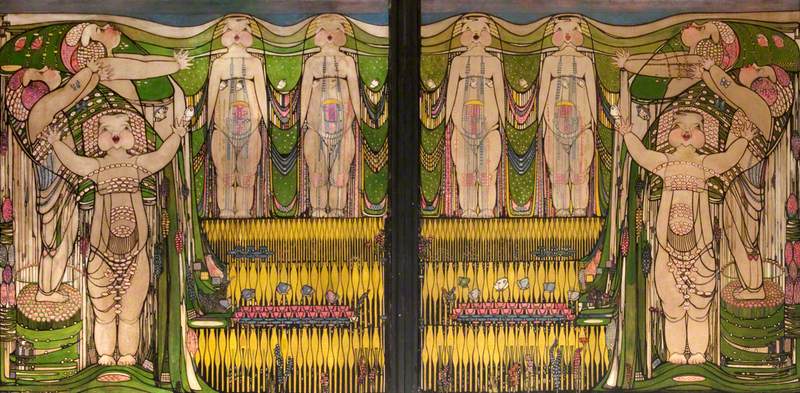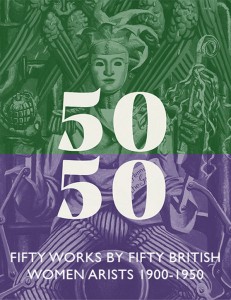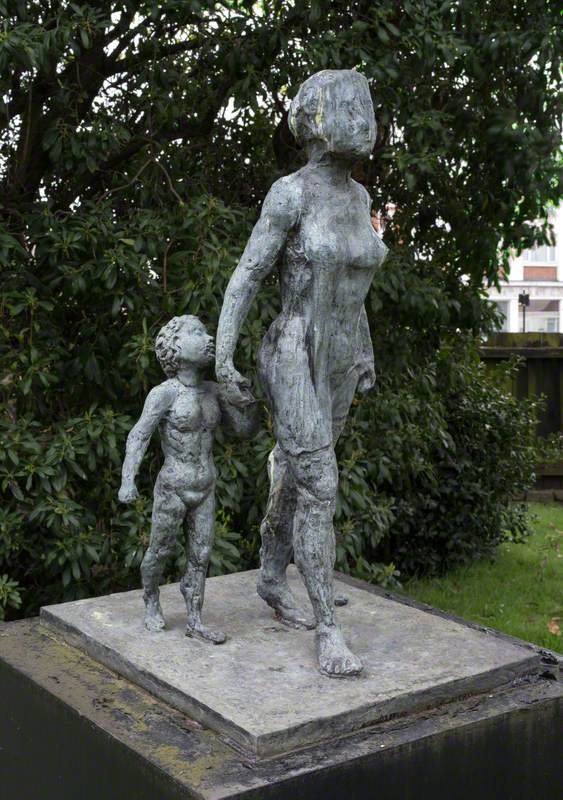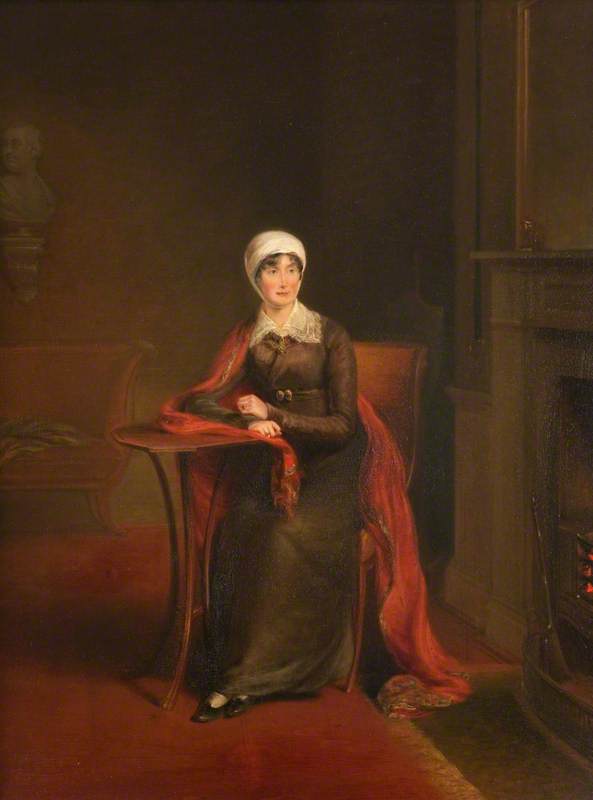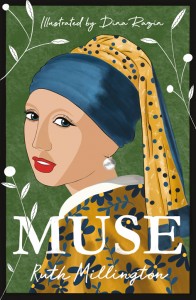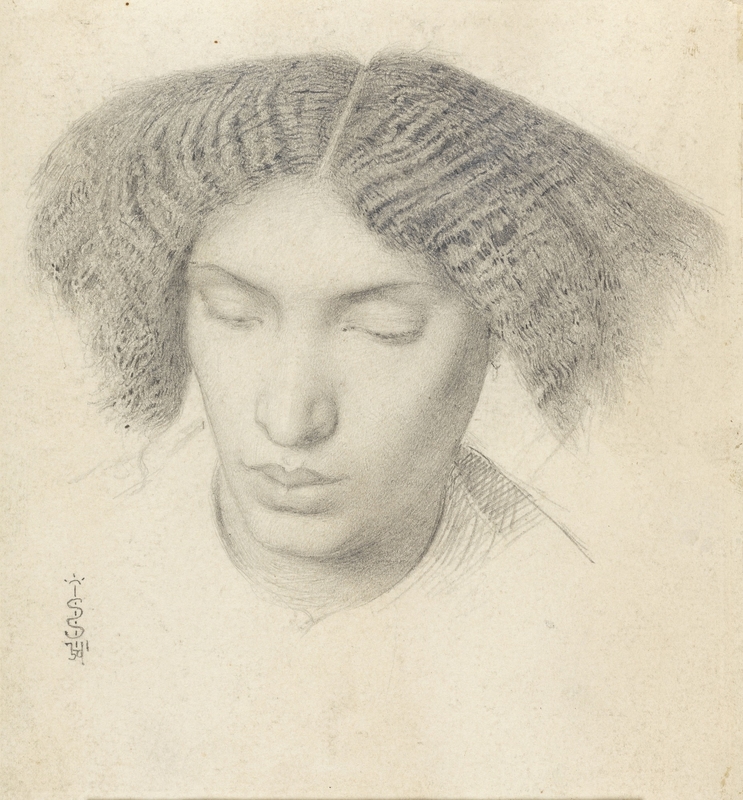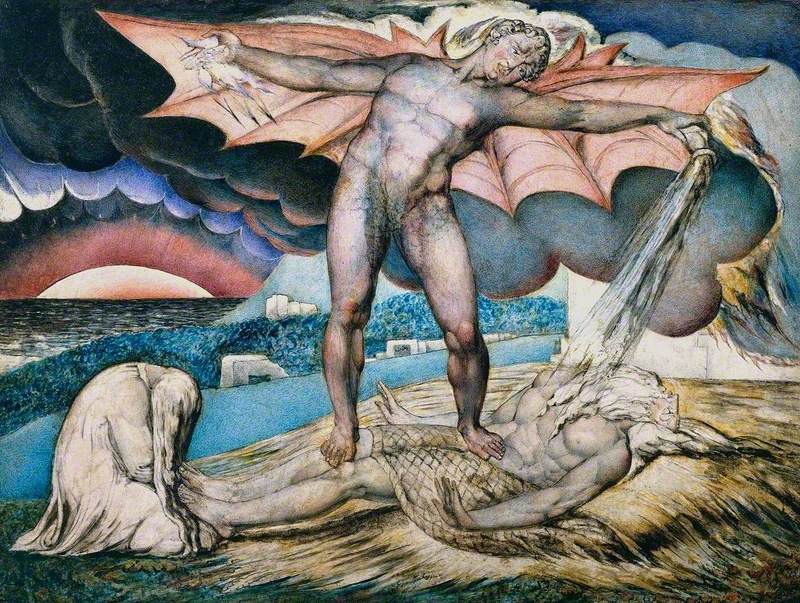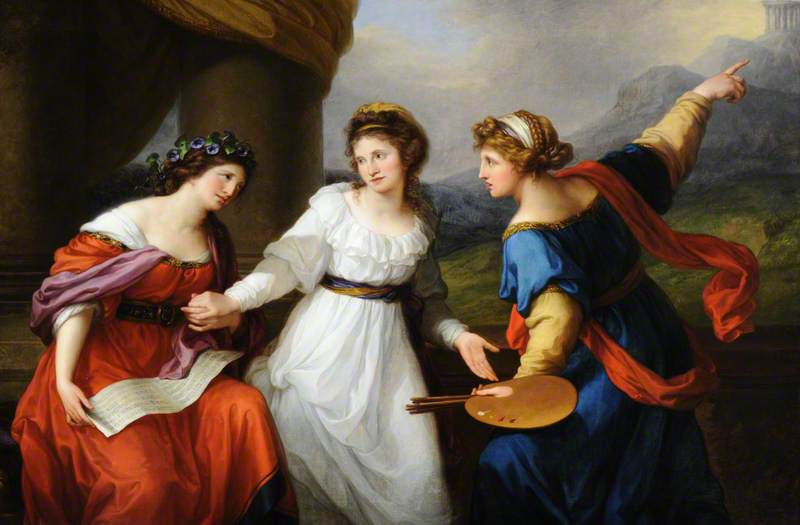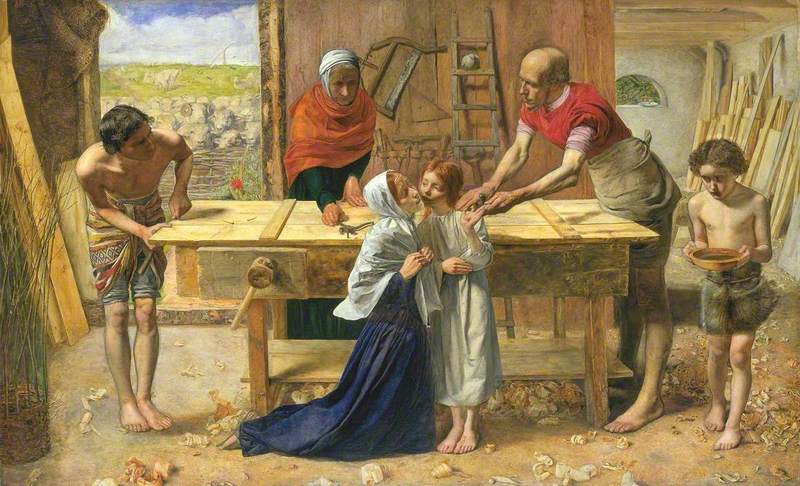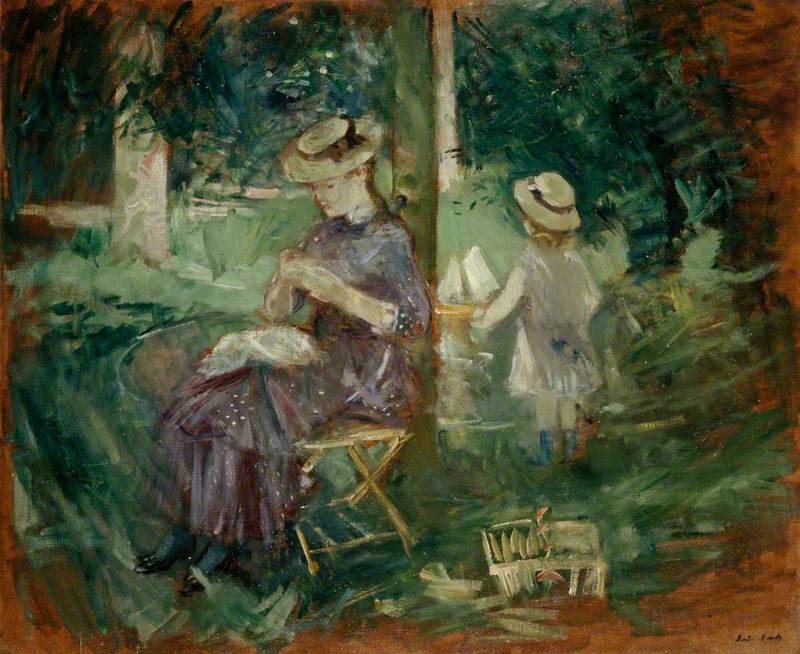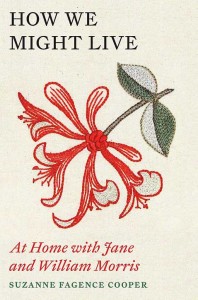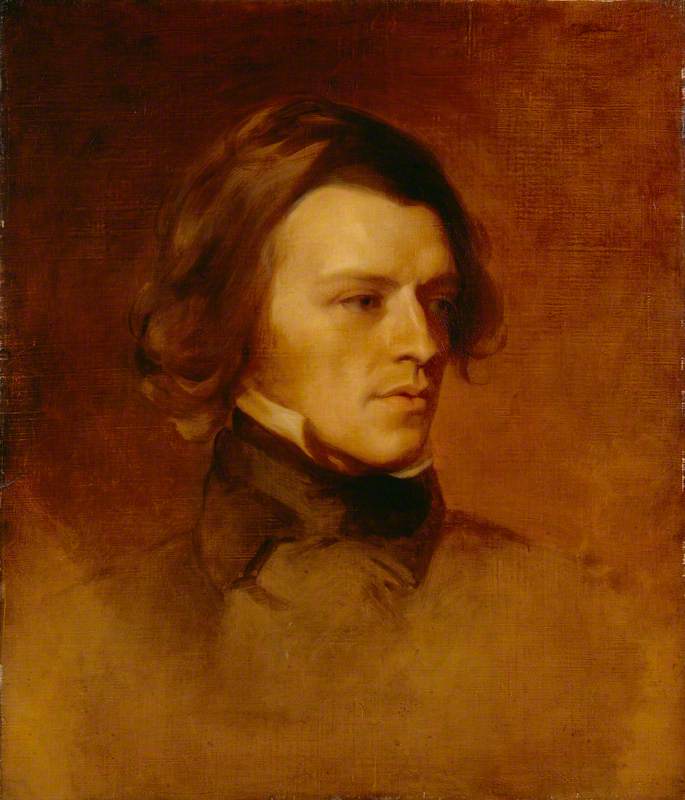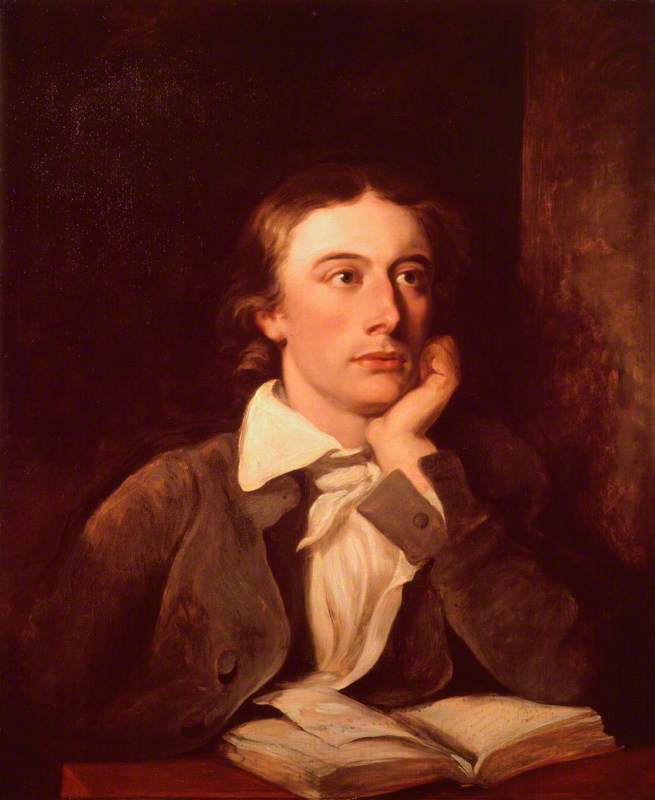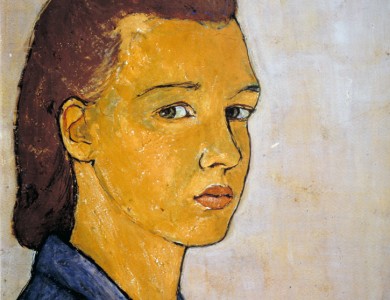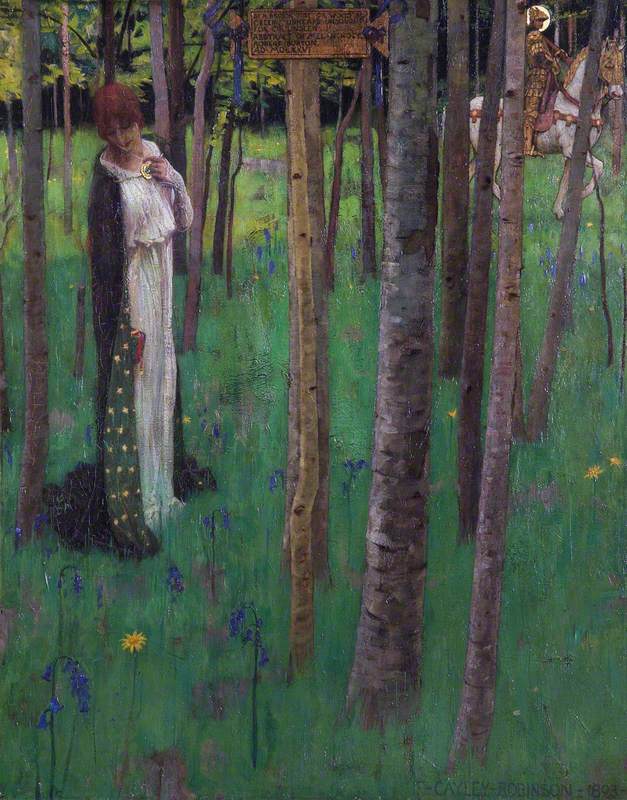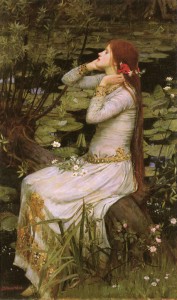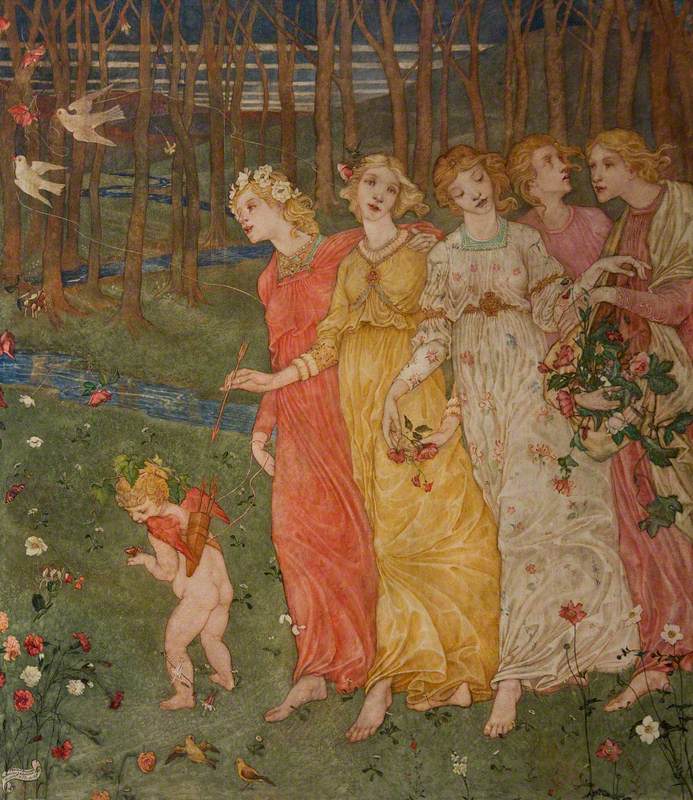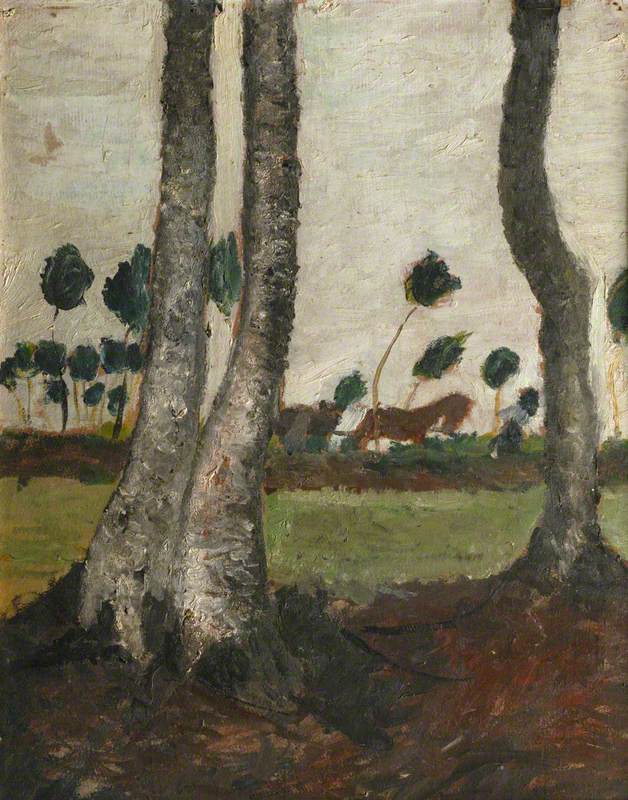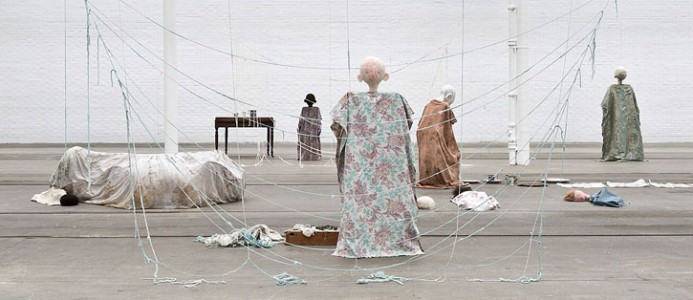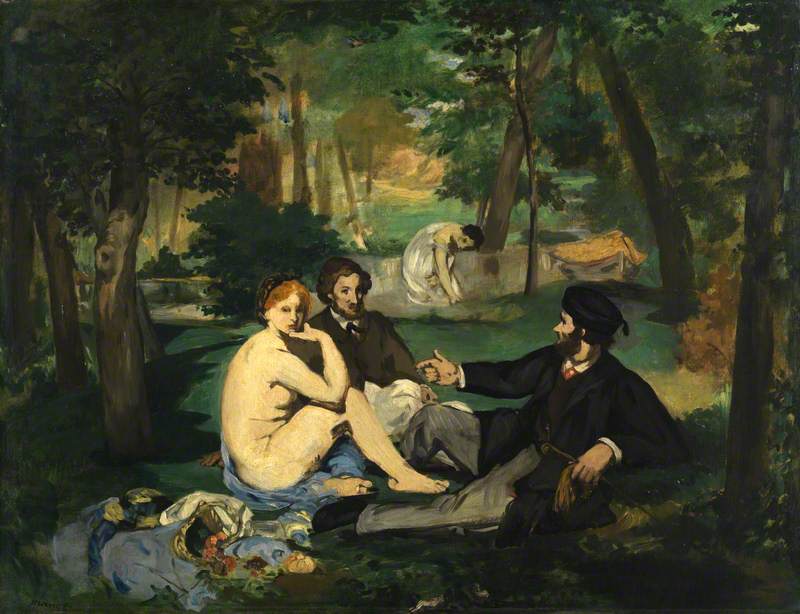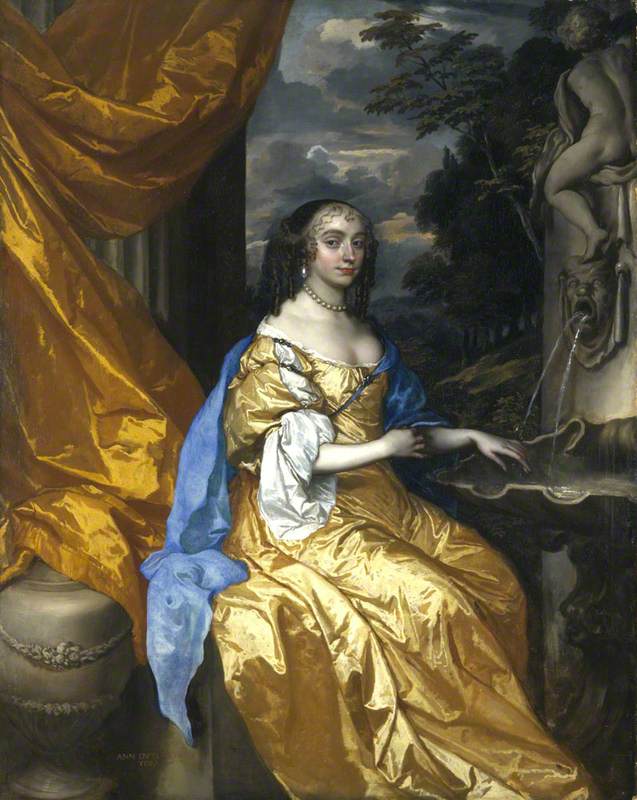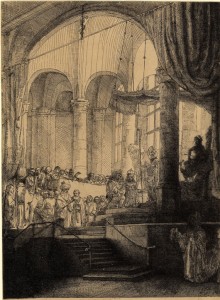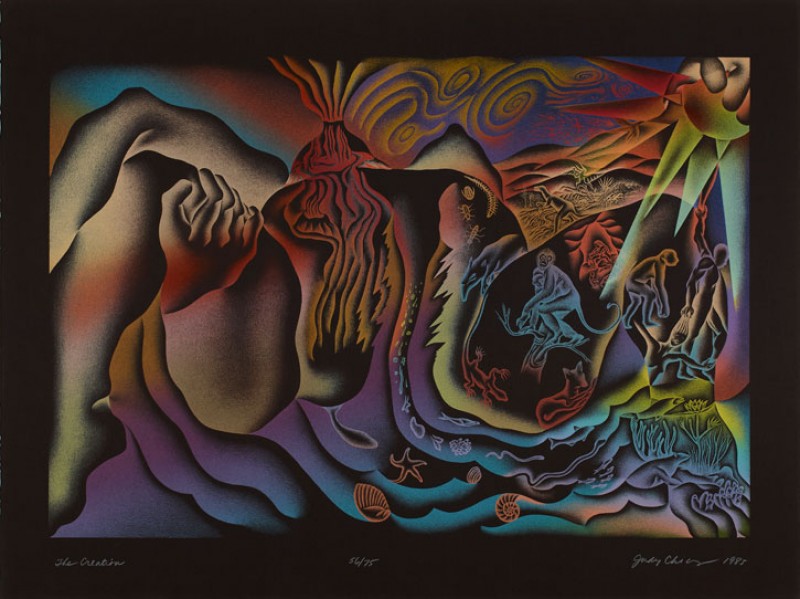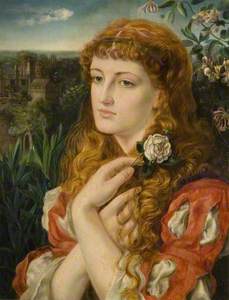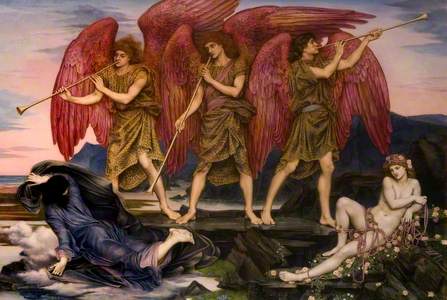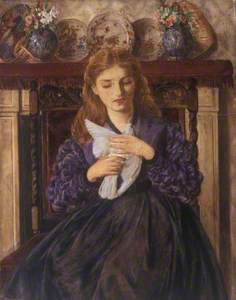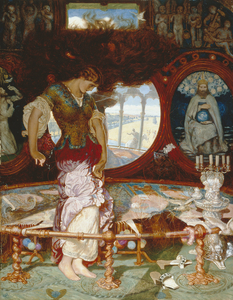Going in and out of fashion as quickly as their red-headed subjects, the Pre-Raphaelites can seem like a truly male preserve, with an obsessive focus on wilting maidens in states of despair or undress, or both.
However, later in 2019 the National Portrait Gallery will hold a 'Pre-Raphaelite Sisters' exhibition, examining the lives of the female adjuncts to the Brotherhood, in what promises to be a fascinating show.
These women's works are often overlooked and long overdue an exhibition. Here are seven talented female Pre-Raphaelite painters who you may or may not have heard of.
Elizabeth Siddal (1829–1862)
Perhaps the most famous of the following women, Siddal is known predominantly for her modelling and her affair with Dante Gabriel Rossetti over her artistic career. However, she was respected by her peers as an artist in her own right, John Ruskin even paying her a stipend of £150 per year. Siddal was born and brought up in London, and was a lover of poetry.
Her first modelling job introduced her to the Pre-Raphaelites, a group who often placed their female models in rather precarious situations. She famously caught pneumonia after lying in a bathtub to pose for Millais' iconic painting Ophelia (1851–1852). However, her most significant admirer and painter was Rossetti, who captured Siddal's likeness in thousands of works, persuaded her to drop the second 'L' from her birth surname, 'Siddall', and later married her. The marriage was chaotic and unhappy, ending with Siddal's tragic laudanum overdose.
In her brief life, Siddal produced only one oil painting, but many watercolours and drawings. She exhibited with the Pre-Raphaelites at Russell Place in 1857 and was the only female artist included out of 30 in Tate's 1984 Pre-Raphaelite show.
Joanna Mary Wells, neé Boyce (1831–1861)
Joanna Mary Wells Boyce was the sister of another Pre-Raphaelite, George Price Boyce, and was a talented painter in her own right. She studied and worked in London, Paris, and Italy, where she met her husband. Boyce died young, in childbirth, but was hailed as a great talent by her peers. Before her death, she exhibited at the Royal Academy in 1859.
Emma Sandys (1843–1877)
Emma Sandys' brother, Frederick Sandys (who was both romantically and artistically prolific), was a member of the Pre-Raphaelite Brotherhood and a friend of Dante Gabriel Rossetti. Despite working in her brother's shadow, Emma's works were well regarded before Frederick's affiliation with the Pre-Raphaelite Brotherhood, for their beauty and excellent compositions. Her paintings have been previously mistaken for his, most likely because the siblings used the same models and styles.
Sandys was born and worked in Norwich for the whole of her short life. She mainly painted portraits of women, with a somewhat dramatic medieval theme. Between 1867 and 1874, Sandys exhibited in both London and Norwich.
Barbara Leigh Smith Bodichon (1827–1891)
A student of William Holman Hunt, Bodichon was known as much for her activism as for her art. She exhibited at the Salon and at the Royal Academy and was great friends with the author, George Eliot. Bodichon was the illegitimate daughter of a liberal politician and developed her own radicalism when she became a co-founder of 'The Ladies of Langham Place', the first group of its kind which tackled the rights of women to own property themselves. She continued to fight for parity, including the ability for women to attend university, as well as enter the Royal Academy School – a battle that continued for women well into the twentieth century.
Evelyn De Morgan (1855–1919)
With a style that was mistaken for that of Edward Burne-Jones', De Morgan deserves recognition in her own right as a painter of dramatic mythological scenes, often featuring female protagonists.
Like many of the women connected to the Pre-Raphaelites, Morgan's uncle, John Roddam Spencer Stanhope, was also linked to the Pre-Raphaelites as well.
However, Evelyn De Morgan was herself a determined artist and persuaded her parents to allow her to attend the Slade – receiving teaching that was rare for women at the time. She also exhibited her paintings in London, at the Grosvenor Gallery, from 1877, as well as at the Dudley Gallery. De Morgan and her husband were deeply interested in the Victorian obsession with Spiritualism, and they published a book following their experiments with automatic writing. De Morgan was a pacifist, who painted her hatred and sadness at the Boer War and First World War.
This painting was incorrectly identified as a work by Burne-Jones around the time it was purchased by the eminent Victoria art collector Merton Russell-Cotes in 1901.
Rebecca Solomon (1832–1886)
Rebecca Solomon worked in the studios of John Everett Millais and Edward Burne-Jones, though she distinguished her art from theirs by choosing unique, moralistic subject matters. Like Bodichon, Solomon was concerned by the inequality of the Victorian world, campaigning for social justice as well as for women to enter the Royal Academy of Art. Born into an artistic Jewish family in East London, it is said that her upbringing influenced her commitment to change. She was also prevented from attending the Royal Academy, where her brothers studied.
Solomon painted until her death in 1886 when she was tragically hit by a hansom cab.
Marianne Stokes (1855–1927)
Perhaps the last flowering of Pre-Raphaelite style painting, Marianne Stokes was very highly regarded during her lifetime as a painter, mostly of women, in Medieval and Biblical scenes. The themes of the Pre-Raphaelites are clear in her work, as is their style – quiet, luminous faces set amidst bright colours.
Stokes was born Marianne Preindlsberger in Graz, Styria, Austria studied in Munich, then moved to France to work. She met the English painter, Adrian Stokes, in Pont-Aven. They married in her hometown and then travelled to Capri for several months, eventually settling in England. They summered in Skagen, Denmark, with the Danish Impressionists in 1885–1886. She had already been exhibited at the Paris salon, but in 1885 had a work accepted for the Royal Academy in London. She and Stokes were early moths to the flame of St Ives, living nearby from 1887 onwards. They were also widely travelled, and Marianne Stokes' paintings serve as testaments to their journeys to the High Tatra and to Hungary.
If you are intrigued and wish to find out more about the female artists affiliated with the Pre-Raphaelite movement, you can visit the upcoming exhibition 'Pre-Raphaelite Sisters', which will open at the National Portrait Gallery on 17th October 2019 and will run until 26th January 2020.
India Lewis, writer and co-founder of @radicalwomenshistory
